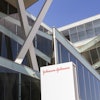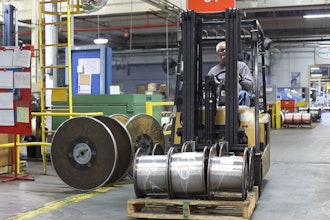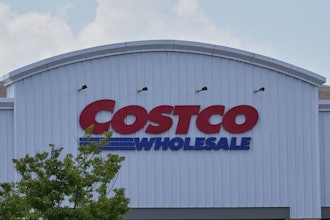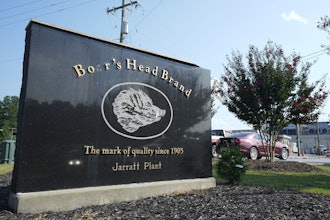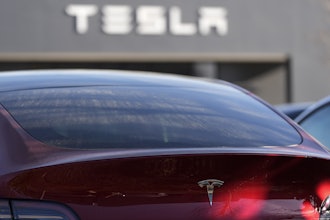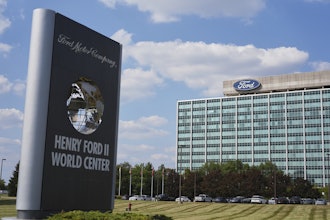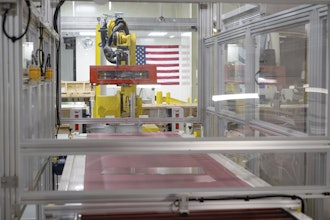Edited from Bloomberg News
An index of manufacturing rose to 53.6 from 52.8 in November, said NTC Research Ltd., indicating that European manufacturing grew at the fastest pace in 16 months in December and German unemployment dropped the most in more than 15 years. The index is based on a survey of about 3,000 purchasing managers for Royal Bank of Scotland Group Plc. A level above 50 indicates growth.
``This is a very strong start to the year,'' said Ian Stewart, chief European economist at Merrill Lynch & Co. in London. ``The composition of this recovery is changing and starting to be more domestic-led with real improvements in labor markets.''
The euro's 11% decline against the dollar the past year and a retreat in oil prices have shored up executives' confidence at companies such as Adidas-Salomon AG and prompted economists to raise their forecasts for growth this year. With export growth starting to fuel domestic spending, the European Central Bank has more leeway to raise interest rates in the dozen euro nations.
In addition, Adidas and Bayer AG have stepped up hiring and investment, raising optimism that consumers will spend more and bolster Europe's export-driven economy. Adidas, the world's second-largest maker of sporting goods, said Dec. 30 it will hire 150 people at locations including its Herzogenaurach headquarters in Bavaria.
Euro-region manufacturers added jobs for the first time since May 2001 last month and orders and output climbed at their fastest pace since July 2004, today's report showed. The overall index was the highest since August 2004.
In Germany, Europe's largest economy, unemployment dropped more than ten times what economists had forecast as milder weather lifted hiring in construction. The adjusted jobless rate fell to 11.2 percent from 11.4 percent.
Germany's DIW research institute today raised its forecast for growth, saying an export-led expansion will induce companies to increase spending. The Berlin-based organization raised its growth prediction for the German economy to 1.7 percent from the 1.5 percent it forecast June 29.
Unemployment in Germany is nevertheless still close to a post-World War II high of 12 percent, and joblessness is keeping a lid on growth across the continent.
While the European Commission expects euro-region growth to accelerate to 1.9 percent this year from 1.3 percent in 2005, that would still be the fifth year in a row it's lagged behind the U.S. The commission says the world's largest economy will probably expand 3.2 percent in 2006.
``The euro zone's upturn is still young and relatively fragile with significant question marks still hanging over the long-term strength of domestic demand,'' said Howard Archer, chief European economist at Global Insight Inc. in London.
For now, growth is still mostly driven by foreign demand as the weaker euro makes goods cheaper abroad and lower oil prices ease pressure on manufacturers.
Continental AG, the world's fourth largest tiremaker, based in Hanover, Germany, said Dec. 30 it plans to increase sales in 2006 for the 13th straight year, helped by increasing demand in Asia. The price of crude has dropped 13 percent since it touched a record $70.85 per barrel on Aug. 30.
In Germany, Europe's largest economy, executives were most optimistic in five years in December and Italian business confidence also increased last month.
In France, the economy grew 0.7 percent in the third quarter, the strongest pace in almost a year, the government said today, confirming its previous estimates. Together, Germany and France account for about half the euro region economy.
In December, the inflation rate probably held to 2.2 percent, down from 2.3 percent in November, the median forecast of 21 economists polled by Bloomberg showed.
